- 126 Loop Road Powell TN 37849
- Call (865) 257-3049









Google blacklisting is the process of excluding a website from Google’s search results due to security issues, such as malware, phishing, or hacking. This is different from manual actions, which are penalties imposed by human reviewers for violations of Google’s webmaster guidelines. Google uses algorithms and human reviewers to identify and blacklist sites that pose a threat to users. User complaints can also trigger a review and potential blacklisting.
The purpose of blacklisting is to protect users from harmful websites that could compromise their personal information or device. When a site is blacklisted, it will no longer appear in Google’s search results, leading to a significant loss of traffic and revenue. It can also damage the site’s reputation and credibility, making it harder to attract and retain users.
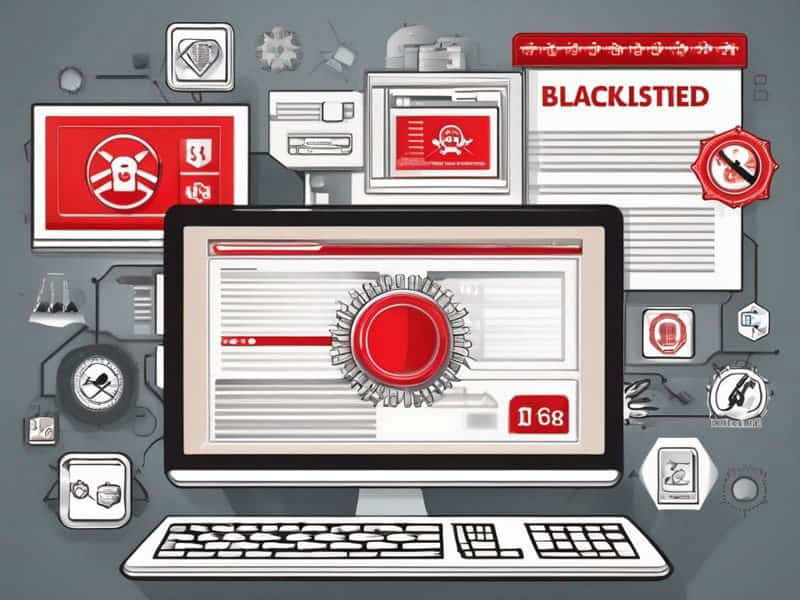
Google considers several factors when deciding to blacklist a site. These include the presence of malware, phishing attempts, and evidence of hacking. Google uses algorithms and human reviewers to analyze websites and identify potential threats. The algorithms can detect patterns and anomalies that may indicate a security issue, while human reviewers can evaluate the context and make a more nuanced decision.
User complaints can also play a role in the blacklisting process. If enough users report a site as suspicious or harmful, Google may review the site and potentially blacklist it. This is why it’s important for site owners to monitor their user feedback and address any concerns in a timely manner.
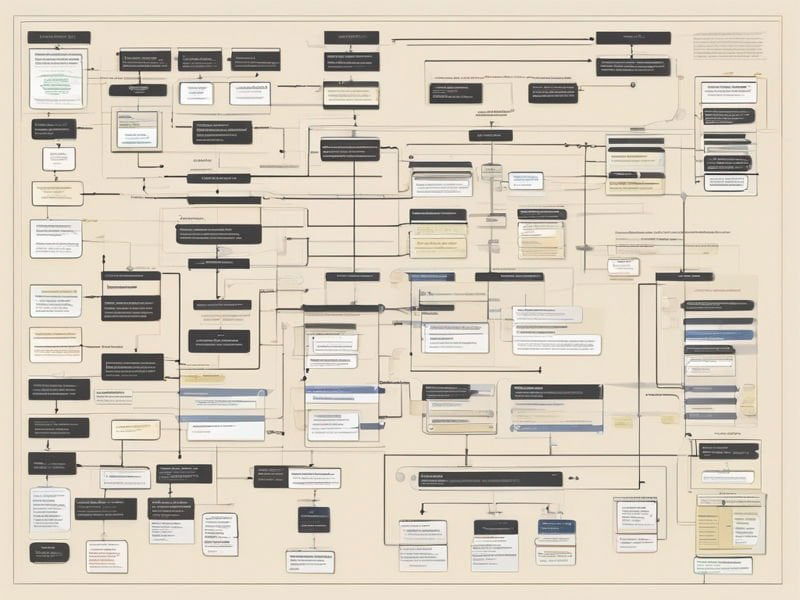
Being blacklisted by Google can have serious consequences for a site. The most immediate impact is a loss of traffic and revenue, as the site will no longer appear in Google’s search results. This can be devastating for sites that rely heavily on organic search traffic. The blacklisting can also damage the site’s reputation and credibility, making it harder to attract and retain users.
Blacklisting can also affect a site’s search engine rankings. Even after the site is removed from the blacklist, it may take time to regain its previous rankings. This is because Google’s algorithms take into account the site’s history and may view it as less trustworthy due to the blacklisting.
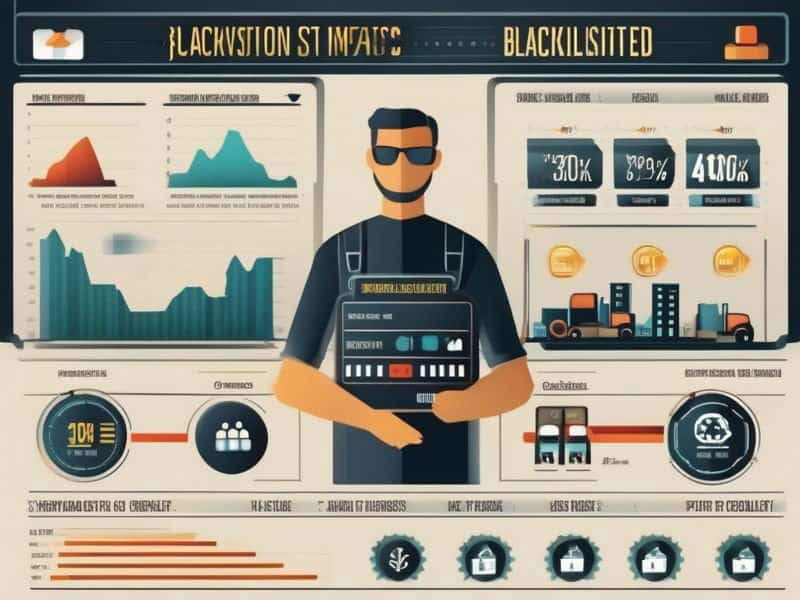
If your site has been blacklisted, there are several steps you can take to address the issue and request a review. The first step is to identify and address the issue that led to the blacklisting. This may involve removing malware, fixing vulnerabilities, or addressing user complaints. Once you have addressed the issue, you can request a review from Google.
The review process can take several days or even weeks, depending on the severity of the issue. If your site is successfully removed from the blacklist, it’s important to take steps to prevent future blacklistings. This may involve keeping your software up to date, using security plugins, and regularly monitoring your site for potential threats.
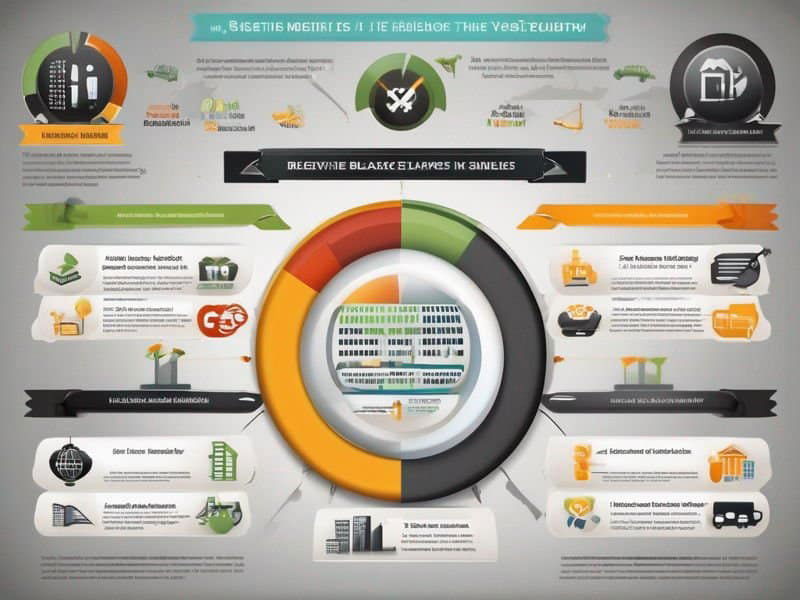
Prevention is the best cure when it comes to blacklisting. Here are some best practices for site owners to proactively prevent blacklisting:

The most common reasons for blacklisting are malware, phishing, and hacking. These threats can compromise user data and devices, making it essential for site owners to address them in a timely manner. Here are some tips for identifying and removing these threats:

While blacklisting is an automatic process triggered by security issues, manual actions are penalties imposed by human reviewers for violations of Google’s webmaster guidelines. Manual actions can include penalties for spammy content, keyword stuffing, and other violations. To request a review for manual actions, site owners can submit a reconsideration request to Google.
The potential impact of manual actions on a site’s search engine rankings is similar to that of blacklisting. Sites with manual actions may see a drop in rankings and traffic, making it essential for site owners to address the issue and request a review.

Recovering from a blacklist can be a long and challenging process, but it’s not impossible. Here’s an example of a site that successfully recovered from a blacklist:
SEJ: Google Blacklist Recovery Case Study
The site was able to regain its rankings and traffic by addressing the issue that led to the blacklisting and implementing best practices for security and SEO. The case study offers valuable insights and takeaways for site owners facing a blacklisting.

SEO and blacklisting are closely related, as poor SEO practices can lead to blacklisting. Here are some tips for optimizing your site for search engines while also preventing blacklisting:

Cybersecurity is a critical component of preventing blacklisting. Here are some resources for site owners to learn more about cybersecurity best practices:

There are many myths and misconceptions about blacklisting, such as the belief that blacklisting is permanent. Here are some facts to clarify these myths:
 from accessing harmful sites.
from accessing harmful sites.As cybersecurity threats continue to evolve, blacklisting is likely to become more sophisticated and targeted. Here are some predictions and trends for the future of blacklisting:

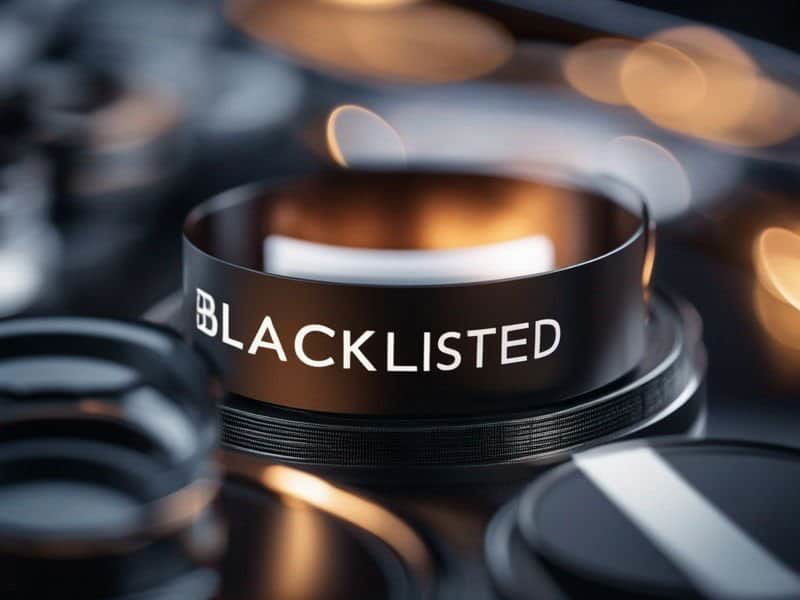
Here are some common questions about blacklisting:
For more information about blacklisting and cybersecurity, check out these resources: